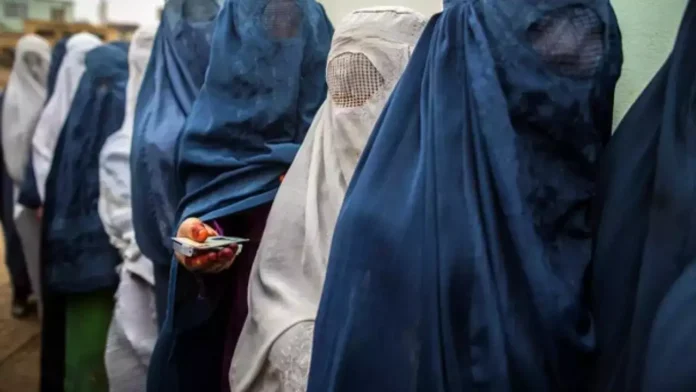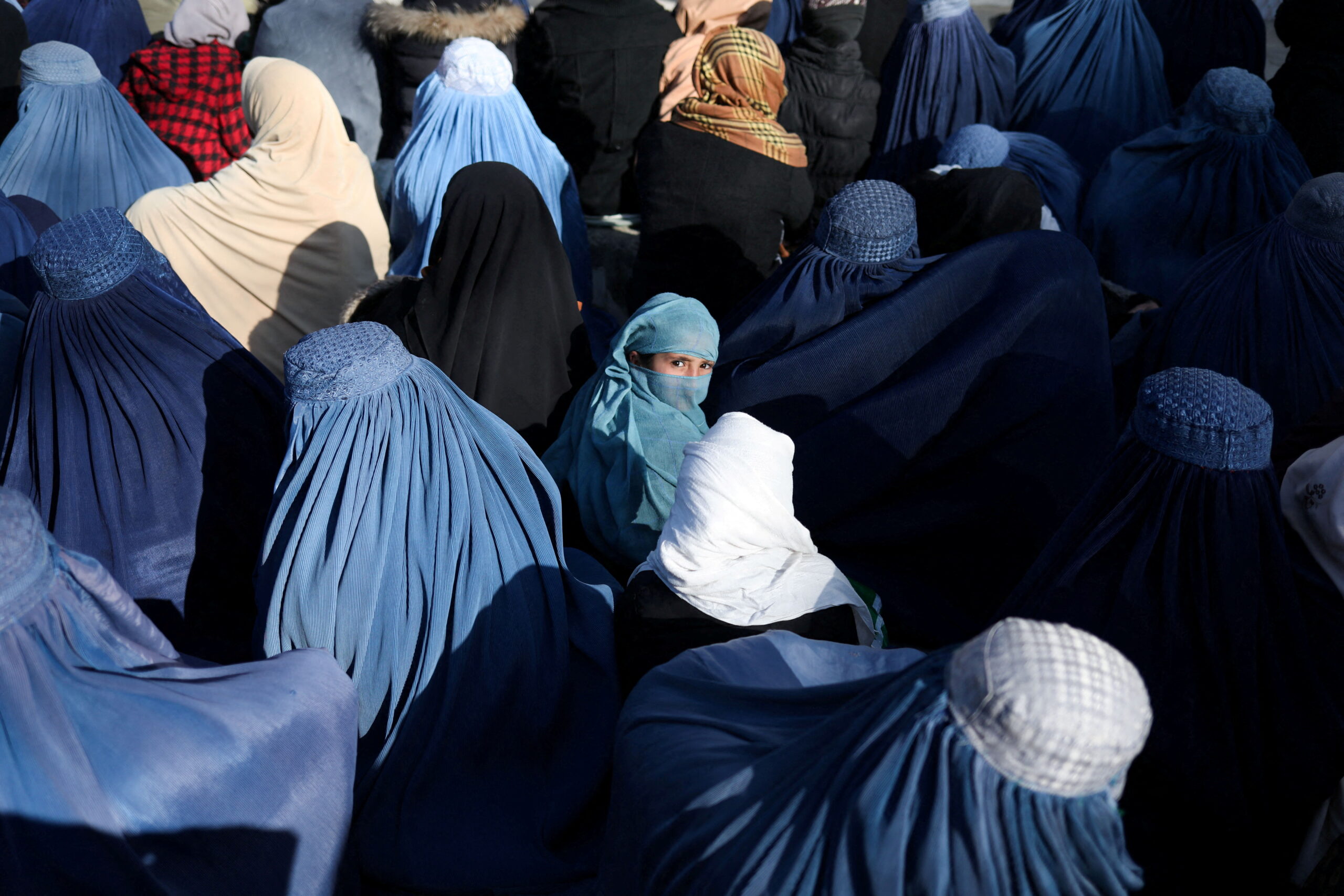Taliban Women Ban policies continue to spark outrage as the regime imposes stricter regulations targeting women’s visibility in public and private spaces. A new decree mandates that windows in residential buildings overlooking women’s areas must be sealed or omitted entirely. This latest development underscores the Taliban’s growing emphasis on controlling women’s autonomy and visibility, igniting a global conversation about gender equality and fundamental rights in Afghanistan.
Background Of Taliban’s Policies On Women
The Taliban has long been synonymous with restrictive policies that disproportionately affect women. Since reclaiming power in 2021, the regime has reintroduced measures reminiscent of its 1996-2001 rule. Women have faced limitations in education, employment, and public activities, which critics argue reflect an attempt to erase their presence in Afghan society.
The recent order to block windows overlooking women’s areas follows a series of mandates banning women from parks, gyms, and workplaces. Such measures are framed as safeguards against “immorality,” a justification that has drawn condemnation from human rights organizations worldwide.
Rationale Behind The Ban
According to Taliban spokespersons, the decree aims to prevent “obscene acts” by shielding women from being viewed in domestic settings. Activities like working in kitchens, collecting water, or socializing in courtyards are considered private and, therefore, inappropriate for public observation.
The Taliban argues that this policy aligns with its interpretation of Islamic values, emphasizing modesty and the preservation of family honor. However, critics see this as yet another attempt to isolate and control women under the guise of cultural and religious adherence.
Global Backlash Against The Policy
The Taliban Women Ban has attracted widespread criticism from international communities and human rights activists. Organizations like Amnesty International and Human Rights Watch have condemned the regime’s actions, labeling them as violations of women’s basic rights.
Global leaders have called for diplomatic interventions to address the worsening gender inequality in Afghanistan. The United Nations has repeatedly urged the Taliban to respect international human rights treaties, but their appeals have largely been ignored.
The Impact On Afghan Women
For Afghan women, the consequences of these policies extend far beyond physical barriers. The Taliban’s decrees perpetuate a culture of exclusion, restricting women’s ability to participate in social, economic, and political spheres.
The window ban further isolates women within their homes, depriving them of sunlight and connection to the outside world. Experts warn that such isolation can lead to mental health challenges, including depression and anxiety, exacerbating an already dire humanitarian crisis in the country.
Historical Context Of Gender Policies In Afghanistan
Afghanistan’s history is marred by fluctuating policies regarding women’s rights. Under Taliban rule in the late 1990s, women were banned from education and employment, forced to wear burqas, and subjected to harsh punishments for defying the regime’s rules.
In contrast, the years following the 2001 U.S.-led intervention saw significant progress in women’s empowerment. Girls returned to schools, women entered the workforce, and many participated in governance. However, these advancements were rolled back swiftly after the Taliban’s resurgence.
The Role Of Cultural Narratives
While the Taliban often frames its policies as rooted in Afghan culture and Islamic principles, many scholars argue that these measures reflect a distorted interpretation of religion. Across the Islamic world, diverse communities embrace women’s active participation in society, challenging the Taliban’s narrative.
Afghanistan’s cultural diversity also complicates the Taliban’s claim of representing national values. Ethnic groups like the Hazaras, Tajiks, and Uzbeks have historically practiced varying degrees of gender equality, suggesting that the regime’s policies are more ideological than cultural.
Calls For Action
Human rights organizations emphasize the importance of sustained international pressure on the Taliban. Sanctions, diplomatic dialogues, and economic aid conditions are some of the tools being considered to compel the regime to uphold women’s rights.
Grassroots movements led by Afghan women are also gaining momentum despite the risks involved. These initiatives aim to challenge oppressive policies and advocate for gender equality, both within Afghanistan and on global platforms.
The Future Of Women’s Rights In Afghanistan
The Taliban Women Ban policies, including the latest window restriction, paint a grim picture for the future of women’s rights in Afghanistan. However, the resilience of Afghan women and the growing international solidarity offer a glimmer of hope.
While the road ahead is fraught with challenges, continued advocacy and global attention are crucial to reversing the systemic erosion of women’s rights in Afghanistan. The fight for equality is far from over, and the voices of Afghan women remain a powerful force against oppression.




